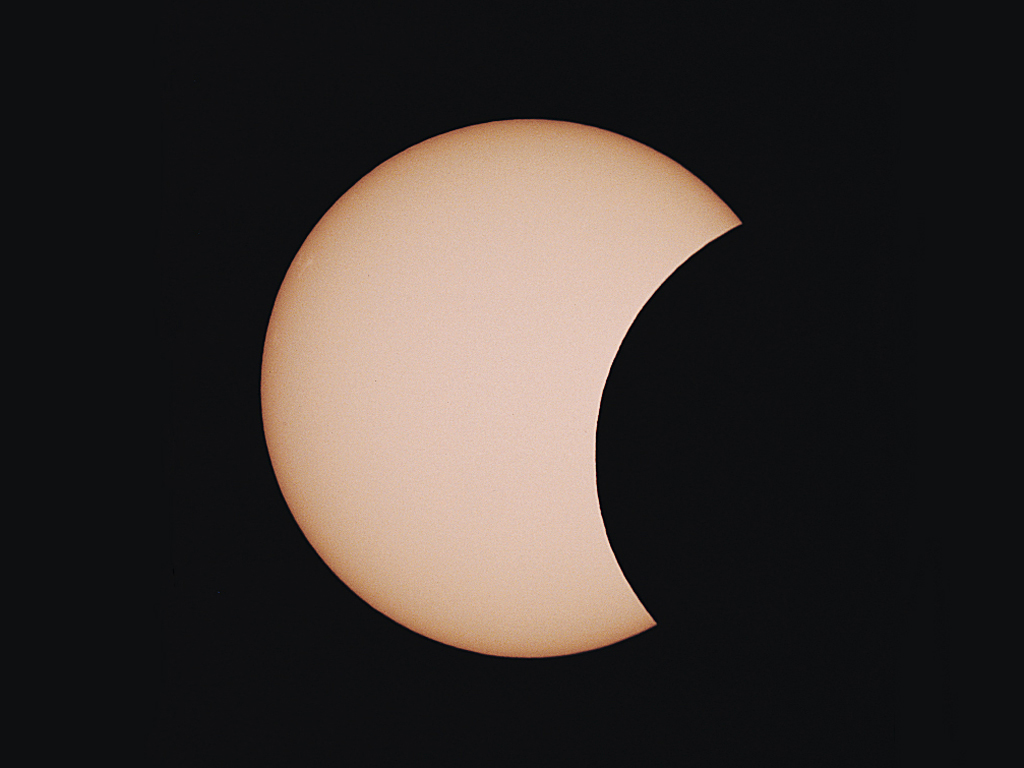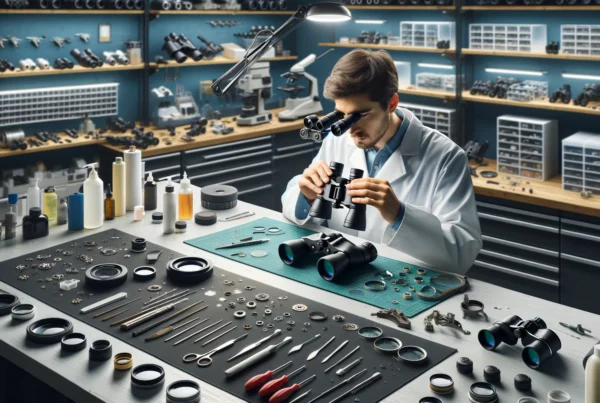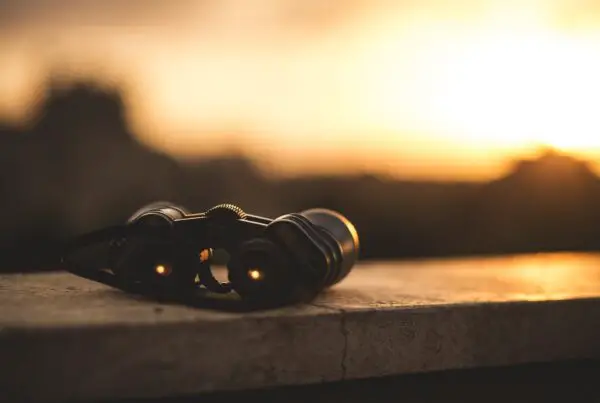Contents
- Viewing Comets with Binoculars
- Viewing Eclipses with Binoculars
- Viewing Meteor Showers with Binoculars
- Best Binoculars for Astronomy
- Key Considerations for Selecting Astronomical Binoculars
- Types of Binoculars for Astronomical Viewing
- Recommended Binoculars for Specific Astronomical Events
- Maintaining Your Celestial Lenses
- Frequently Asked Questions (FAQs)
- Conclusion
Gazing up at the night sky has always held a sense of wonder and awe for humanity. The universe, vast and mysterious, captivates our imagination with celestial events like eclipses, meteor showers, and comets.
Binoculars can be a great tool for viewing astronomical events such as eclipses, meteor showers, and comets. Here are some tips and suggestions for choosing the best binoculars for these events.
In this article, we’ll take you on a journey through the stars, exploring the wonders of binoculars for astronomical events and how they can enhance your celestial experience.
Viewing Comets with Binoculars
When choosing binoculars for viewing comets, consider the exit pupil size, which should be around 4-5 mm.
A big 7 mm exit pupil is useful only if you have quite dark skies, and if your own pupils don’t open this large, you’re really lugging extra bulk which is doing no work.
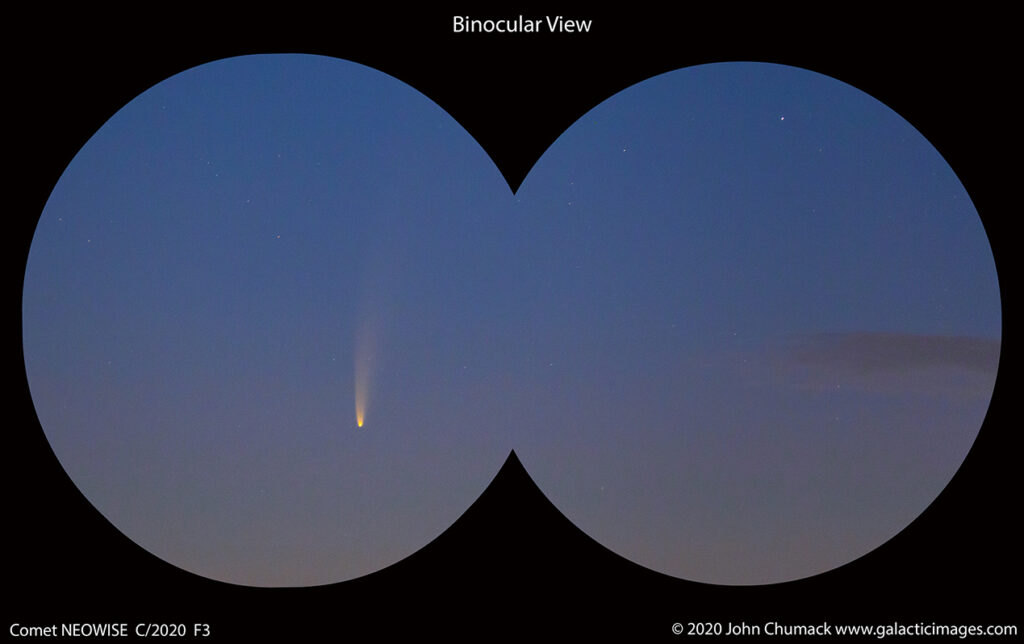
A 3mm exit pupil is considered a bit on the small side by some, as the view is noticeably darkened. Initially, when the comet is still faint, a telescope may be a better choice. But as the tail lengthens and the comet gets brighter, a pair of binoculars work really well. A pair of 10×50 or 10×42 binoculars are perfect for viewing comets.
Viewing Eclipses with Binoculars
During a total eclipse, you can safely view the Sun with the naked eye or with special-purpose “eclipse glasses” or handheld viewers, or with pinhole projection. You can also project the Sun through binoculars, a box projector, or simply two pieces of cardboard, which is a safe and easy way to see a solar eclipse.
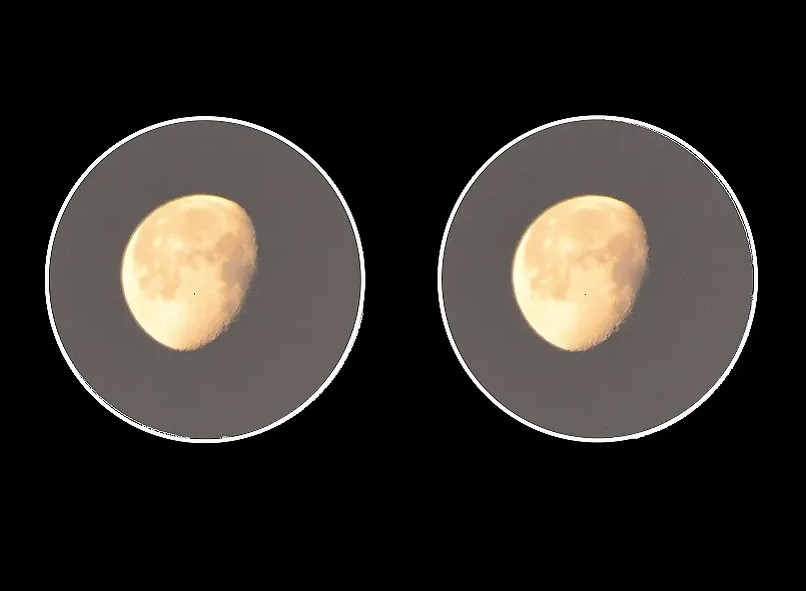
To project the Sun through binoculars, firmly attach the binoculars to a tripod, eyepieces facing down, and make a Sun shield from a piece of cardboard. Point the binoculars toward the Sun and adjust the focus until the Sun’s image is sharp.
Viewing Meteor Showers with Binoculars
You can sometimes catch a meteor in a wide-field binocular if you point it in the right section of the sky at the right time. Binoculars with magnification at the lower end of the range are ideal for hobbies like birdwatching and viewing sporting events. If you’re into hunting, you’ll want binoculars with a higher magnification.
For stargazing and viewing meteor showers, binoculars with a magnification of 7x to 10x are ideal. Fujinon, Vixen, and Kowa observation binoculars, as well as Nikon binoculars, are some of the best brands for astronomy.
Best Binoculars for Astronomy
The best binoculars for astronomy should provide observers with bright, sharp views, be appropriately priced for your budget, and be reliable to use in all weathers and temperatures. Binoculars dedicated to astronomy must have certain features.
The best stargazing binoculars will feature big objective lenses (the end aimed at the stars) to allow as much dim starlight as possible through to the observer’s eyes. They will also offer generous magnification to enlarge those small pinpricks of light from deep in the cosmos.
Some of the best astronomy binoculars include the Canon 12×36 IS III binoculars, Bresser 10×50 Corvette binoculars, and Opticron Oregon WA 10×50 binoculars.
Key Considerations for Selecting Astronomical Binoculars
When choosing binoculars for observing celestial events, several critical factors should be taken into account:
- Aperture and Magnification: The aperture, represented by the diameter of the objective lens, determines the amount of light the binoculars can gather. Larger apertures result in brighter and clearer images. However, higher magnification might reduce the field of view and make the binoculars more sensitive to hand movements.
- Exit Pupil and Low Light Performance: The exit pupil is the diameter of the shaft of light that reaches your eyes from the binoculars’ objective lenses. For stargazing in low-light conditions, opt for binoculars with a larger exit pupil. This allows more light to reach your eyes, improving visibility in dim settings.
- Field of View: A wide field of view is essential for observing celestial events that cover extensive areas of the sky. Meteor showers, for example, can span large portions of the celestial sphere, and a wide field of view ensures you don’t miss any meteoric action.
- Image Stability: During prolonged stargazing sessions, it can be challenging to keep binoculars steady by hand. Image-stabilized binoculars or using a tripod can significantly enhance the viewing experience by reducing hand tremors and eye strain.
Types of Binoculars for Astronomical Viewing
Several types of binoculars are available, each with its advantages and purposes in astronomical observation:
- Compact Binoculars: These are small, lightweight binoculars that are highly portable and easy to carry. They are perfect for casual stargazing and spontaneous sky watching sessions. Compact binoculars usually have smaller apertures but offer convenience for beginners or travelers.
- Medium-sized Binoculars: Striking a balance between portability and image quality, medium-sized binoculars offer a step up from compact models. They typically have larger apertures, providing better light-gathering capabilities and more detailed views of celestial events.
- Giant Binoculars: For serious stargazers and astronomers seeking exceptional views of dim celestial objects like comets and distant galaxies, giant binoculars are the way to go. These binoculars feature significantly larger objective lenses, allowing them to capture more light and reveal finer details in the night sky.
- Image-Stabilized Binoculars: To overcome the challenges of hand tremors during prolonged observations, image-stabilized binoculars are an excellent choice. They incorporate advanced technology to stabilize the image, delivering a steady view even at higher magnifications.
Recommended Binoculars for Specific Astronomical Events
- Viewing Solar Eclipses: Safety is of utmost importance when observing solar eclipses. Never look at the sun directly through binoculars without proper solar filters. Choose binoculars with solar filters designed for safe solar observations.
- Observing Meteor Showers: For meteor showers, select binoculars with a wide field of view (at least 6.5 degrees or more) to capture as much of the meteor shower as possible. Models with a larger exit pupil (5 mm or more) are preferable for enhanced low light performance during peak meteor shower hours.
- Spotting Comets: To observe comets in greater detail, opt for binoculars with larger apertures (at least 50 mm or more). A wide field of view is also beneficial for locating comets in the night sky.
Maintaining Your Celestial Lenses
Taking proper care of your astronomical binoculars ensures they provide optimal performance for years to come. Here are some maintenance tips:
- Cleaning: Use a soft brush or a lens cloth to remove dust and debris from the lenses and prisms. If cleaning is necessary, use a specialized optical cleaning solution and gently wipe the surfaces.
- Storage: Store your binoculars in a cool, dry place away from direct sunlight to prevent damage to the lenses and prisms. Consider using a protective case or bag when transporting them.
Frequently Asked Questions (FAQs)
Here are some frequently asked questions (FAQs) and answers about using an air fryer for the first time:
Why should I use binoculars for observing astronomical events instead of a telescope?
Binoculars offer several advantages over telescopes for certain astronomical events. They provide a wider field of view, making them ideal for observing large celestial phenomena like meteor showers that cover significant portions of the sky. Additionally, binoculars are more portable, lightweight, and easy to use, making them perfect for spontaneous stargazing sessions and for beginners who want an accessible entry into astronomy.
What do the numbers on binoculars mean, like 10×50 or 8×42?
The numbers on binoculars represent their magnification power and the diameter of the objective lens in millimeters, respectively. For example, “10×50” means the binoculars have 10 times magnification and 50mm objective lenses. Higher magnification allows you to view objects closer, while larger objective lenses gather more light, resulting in brighter and clearer images.
Can I use regular binoculars to view solar eclipses?
No, using regular binoculars to view solar eclipses is extremely dangerous and can cause permanent eye damage or blindness. Never look at the sun directly through binoculars without proper solar filters. If you wish to observe solar eclipses, use binoculars equipped with appropriate solar filters designed for safe solar observations.
Which type of binoculars is best for observing meteor showers?
For observing meteor showers, binoculars with a wide field of view are recommended. Look for binoculars with a field of view of at least 6.5 degrees or more to capture as much of the meteor shower as possible. Models with a larger exit pupil (5 mm or more) are also preferable for enhanced low light performance during the peak hours of the meteor shower.
What are giant binoculars, and why would I need them for observing comets?
Giant binoculars refer to binoculars with significantly larger objective lenses, typically above 50 mm. These binoculars have superior light-gathering capabilities, allowing them to reveal faint celestial objects like comets with greater clarity. Observing comets often requires gathering as much light as possible, making giant binoculars an excellent choice for comet-spotting enthusiasts.
Can I use binoculars without image stabilization for prolonged astronomical observations?
While using regular binoculars without image stabilization is possible for prolonged observations, it can become challenging to maintain a steady view due to hand tremors. For extended stargazing sessions, consider investing in image-stabilized binoculars or use a tripod to improve image stability and reduce eye strain.
Can I use astronomical binoculars for other activities besides stargazing?
Yes, astronomical binoculars are versatile and can be used for various activities besides stargazing. They are excellent for observing wildlife, sports events, birdwatching, and enjoying scenic landscapes. Their portability and ease of use make them valuable tools for nature enthusiasts and adventurers.
Conclusion
Binoculars can be a great tool for viewing astronomical events such as eclipses, meteor showers, and comets. When choosing binoculars for these events, consider the exit pupil size, magnification, and objective lens size. Remember to always follow safety guidelines when viewing eclipses.

A Binoculars enthusiast, who love exploring skies and watching birds. It is my hobby to collect Binoculars of different kinds and try to explore the world through various lenses. This is all I do to explore happiness by magnifying my beautiful world.

